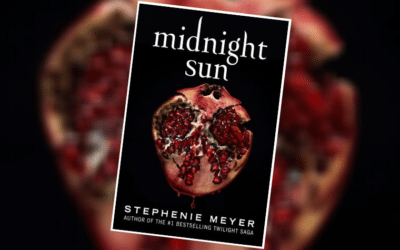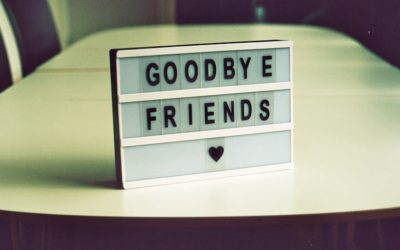And then, sometimes, it is simply a teenage girl who just wanted an education.
Malala Yousafzai, the youngest-ever Nobel Prize winner, was just 11 years old when she first spoke against Taliban rule in her home country of Pakistan. Her advocating for female education made her a threat to the terrorist organization. Four years later, Taliban soldiers shot the teenager while she was boarding her school bus. Malala survived, and rather than stay silent she continued to fight for education throughout the world.
Today, at the age of 18, Malala has proven to be one of the most influential role models for all women. Her 2013 collaboration with Christina Lane, I Am Malala, won her critical acclaim and showed the world that the voice of a young girl can be heard around the world. Time Magazine gave her the coveted “The 100 Most Influential People in the World” cover.
Then came her famous interview with then Daily Show host Jon Stewart in which she so eloquently described how she would confront the Taliban (Honestly, watch the entire interview but the awe-inspiring moment starts at 3:56):
Stand in line, Jon Stewart. We all want to adopt her.
And on October 9th, her life comes to the big screen in the documentary He Named Me Malala.
The film explores her journey from the classroom to the United Nations, and serves as a reminder that she is still a teenager who goes to school, sometimes gets annoyed by her brothers, and has celebrity crushes. However, unlike other teenagers who still have their youth soccer medallion hanging on their bedpost or their junior high Most Improved Clarinetist trophy on their dresser, Malala Yousafzai has her Nobel Peace Prize, and she’s still not done.
Through her humility, grace and perseverance, Malala Yousafzai is a a reminder to all of us about the power of education and that no matter the age, one person can make a difference.
“One child, one teacher, one book, and one pen – they can change the world.”





